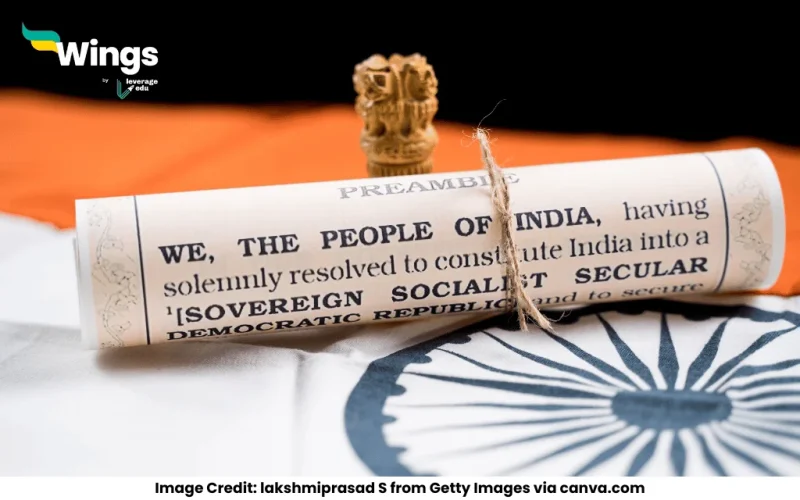The Constitution of India was adopted on 26 November 1949. This historic event laid the foundation for the world’s largest democracy, setting forth the legal and institutional framework for governing the country. Though it was adopted on this date, it came into effect on 26 January 1950, a day celebrated as Republic Day in India.
Historical Background
The journey towards adopting the Indian Constitution began long before 1949. After India gained independence from British rule on 15 August 1947, the Constituent Assembly was tasked with drafting a comprehensive document to govern the newly independent nation. Dr. B.R. Ambedkar, the Chairman of the Drafting Committee, played a pivotal role in shaping the Constitution.
Drafting of the Constitution
The drafting process took nearly three years, involving extensive debates and discussions. The Constituent Assembly, comprising prominent leaders like Jawaharlal Nehru, Sardar Patel, Rajendra Prasad, and others, meticulously worked on framing a Constitution that would uphold justice, liberty, equality, and fraternity for all citizens.
The Drafting Committee submitted the final draft on 26 November 1949, and the Constituent Assembly formally adopted it on the same day. However, some provisions, such as those related to citizenship, elections, and provisional parliament, came into effect immediately, while the full Constitution was enforced on 26 January 1950.
Significance of 26 November 1949
Adopting the Constitution on 26 November 1949 marked a crucial step in India’s democratic journey. It signified the end of colonial rule and the beginning of self-governance under a structured legal system. To honor this momentous occasion, India observes 26 November as Constitution Day, also known as Samvidhan Divas since 2015. This day serves as a reminder of the values enshrined in the Constitution and the sacrifices made by freedom fighters to achieve independence.
Key Features of the Indian Constitution
The Indian Constitution is the longest written constitution in the world. Some of its key features include:
- Federal Structure with a Strong Centre: India follows a quasi-federal system, balancing power between the central and state governments.
- Fundamental Rights and Duties: Citizens are granted fundamental rights, such as freedom of speech and equality before the law, along with fundamental duties to promote unity and integrity.
- Directive Principles of State Policy: These guidelines help the government frame policies that ensure social and economic justice.
- Parliamentary System: India follows a parliamentary system where the President is the constitutional head, while the Prime Minister and the Council of Ministers hold executive power.
The adoption of the Indian Constitution on 26 November 1949 was a landmark moment in the country’s history. It provided a robust framework for governance, ensuring democracy, secularism, and justice for all. As we commemorate Constitution Day each year, it is essential to uphold its principles and contribute to the nation’s progress.
Common Doubts
 60,000+ students trusted us with their dreams. Take the first step today!
60,000+ students trusted us with their dreams. Take the first step today!


 One app for all your study abroad needs
One app for all your study abroad needs










